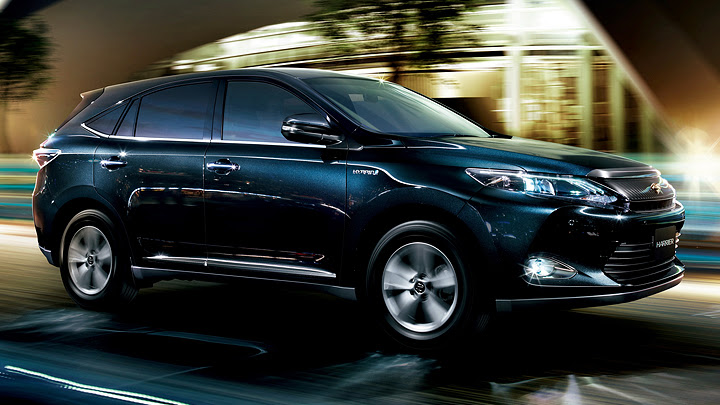
Despite operating in many countries in nowadays, Acura, Infiniti and Lexus were originally founded mostly for North America, in the 1980s. Since their parent companies became famous there for their small, cheap and fuel-efficient lines, the only way to convince that public to buy their luxury models was to create a new “image” for them. Keeping the excellent reputation of high-quality products, but now associating it to a more sophisticated appearance in order to work at higher price ranges. There was some struggle at the beginning, but these spin-offs ended successful in almost the entire world. Almost.
Defining an exact reason is difficult, but the truth is these high-end marques aren’t so popular in their homeland as they are elsewhere. Acura simply doesn’t exist there and Infiniti arrived this year. Lexus offers a long lineup, in turn, but the interesting part is that some models have competition from its own parent automaker. Lexus HS and RX, for instance, are also sold there as Toyota Sai and Harrier. Both big and sophisticated cars, even though the same Toyota sells vehicles there as small and cheap as the kei lineup. Do the Japanese prefer sticking to the tradition of Honda, Nissan and Toyota? Or they simply just don’t need to see a different badge to feel convinced to buy a luxury car? Probably we’ll never know.








What is easier to affirm is that these cars must be successful there, because both Sai and Harrier were facelifted this year, and both became very attractive. Just like the sedan, the crossover didn’t mind to follow the company’s new design language. Harrier kept the side sections almost untouched, but received an entirely new front fascia, with a set of grille and headlights whose design makes it look wider. The lower grille and the fog lights, in turn, show a sportier design with more chrome accents that compose a very imponent look. The rear fascia tries to remind of the front through the design, with chrome headlights connected by a horizontal bar above the license plate. The overall feeling is that Harrier became sportier in order to leave RX as the “family-friendly” sibling.
And if you’ve noticed that this SUV uses an exclusive golden bird logo, it’s just at the front: both rear and cabin will remind you’re in a Toyota SUV – unlike Genesis and Equus, which simply don’t use any Hyundai logo. The new cabin impresses for combining black-piano coating and chrome accents to red coating and wooden accents at the same time, but there are other options which look much more “conventional” according to the trim – the most expensive is Premium. The standard Harrier uses a 151-hp, 19,7-kgfm 2.0L engine, while its hybrid sibling combines a gasoline 2.5L unit to two electric engines, reaching 196 hp. It’s possible to have front or all-wheel-drive.